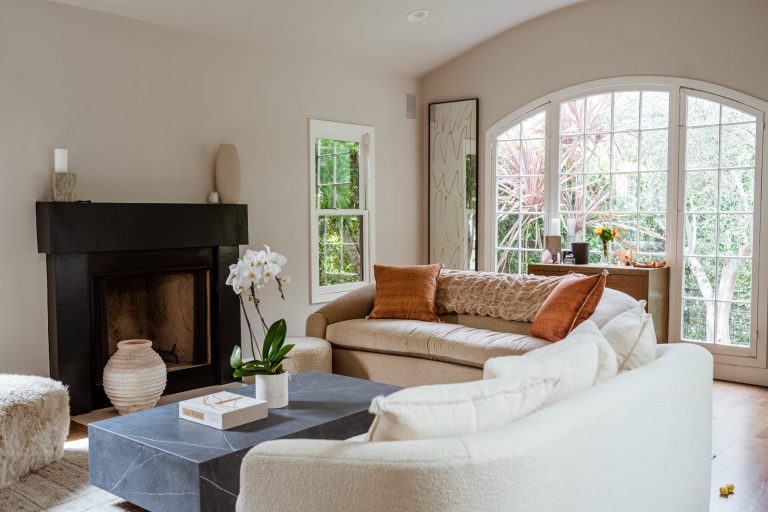In the ever-evolving world of interior design, trends come and go like the seasons. What was considered chic and stylish in one decade can quickly become outdated and even cringe-worthy in the next. This phenomenon is particularly true in the realm of furniture and decor. In this article, we’ll take a stroll down memory lane and explore some of the most memorable outdated decor trends that have graced our homes over the years.
The Shag Carpet Craze
Let’s start our journey by stepping back into the 1960s and 70s, where the shag carpet reigned supreme. This plush and often brightly colored floor covering was once a symbol of modernity and comfort. However, as time went on, it became synonymous with outdated interior design. Its high-maintenance nature and tendency to trap dust and allergens led to its fall from grace.
Trends in outdated furniture decor often revolved around complementary elements, and the shag carpet was no exception. Paired with bean bag chairs and lava lamps, it created a cozy, retro atmosphere that has since become more of a novelty than a practical choice.
Avocado Green and Harvest Gold Kitchens
Moving on to the 1970s, we find ourselves in the era of avocado green and harvest gold kitchens. These bold color choices were often applied to appliances, countertops, and even kitchen cabinets. At the time, they represented a departure from the monochromatic kitchens of the past and were seen as a symbol of progress.
However, as we fast forward to the present day, these once-fashionable colors are now seen as glaring eyesores. Modern kitchen designs tend to favor neutral tones and minimalist aesthetics, making avocado green and harvest gold a stark contrast to contemporary sensibilities.
Wood Paneling and Wallpaper Borders
The 1980s brought us another pair of outdated decor trends: wood paneling and wallpaper borders. Wood paneling, often made from dark, heavily varnished wood, was used to cover entire walls, giving rooms a rustic cabin-like appearance. Wallpaper borders, on the other hand, were used to add a touch of decorative flair to walls, often featuring floral patterns or geometric designs.
While these trends may have been popular in their time, they have since fallen out of favor. Wood paneling can make a room feel dark and dated, while wallpaper borders can quickly make a space look cluttered. Today, many homeowners opt for lighter paint colors and clean, unadorned walls to achieve a more modern and spacious feel.
The Overstuffed Furniture Fad
The 1990s were all about comfort and relaxation, and this was reflected in the popularity of overstuffed furniture. Think of those bulky, plush sofas and armchairs that seemed to swallow you up when you sat down. While they were undoubtedly cozy, they often dominated living spaces, leaving little room for other furniture and creating a crowded, cluttered look.
In contrast to this trend, today’s furniture designs prioritize sleek, streamlined silhouettes that maximize space and create an open, airy feel. Overstuffed furniture has given way to more functional and visually appealing options.
Tuscan-Inspired Decor
As we entered the 21st century, the early 2000s brought us the Tuscan-inspired decor trend. Characterized by warm earthy tones, wrought iron accents, and faux finishes that imitated the look of aged plaster, this style aimed to bring a touch of rustic Italian charm to homes.
While many homeowners embraced this trend with gusto, it has since lost its luster. The heavy use of faux finishes and dark colors can make a space feel dated and visually heavy. Today’s interior design trends lean toward light, airy, and minimalist aesthetics, which stand in stark contrast to the Tuscan-inspired look.
Conclusion
In the world of interior design, what’s in vogue today may be considered outdated tomorrow. The trends in outdated furniture decor we’ve explored here serve as a reminder of how our tastes and preferences can evolve over time. While these trends had their moments of glory, they eventually faded into obscurity, making way for newer, more contemporary styles.
As you consider your own home’s decor, it’s essential to strike a balance between personal preferences and timeless design principles. By doing so, you can create a space that reflects your individual style while avoiding the pitfalls of trends that may one day be labeled as “outdated decor.” So, take inspiration from the past, but always keep an eye on the future of interior design.

